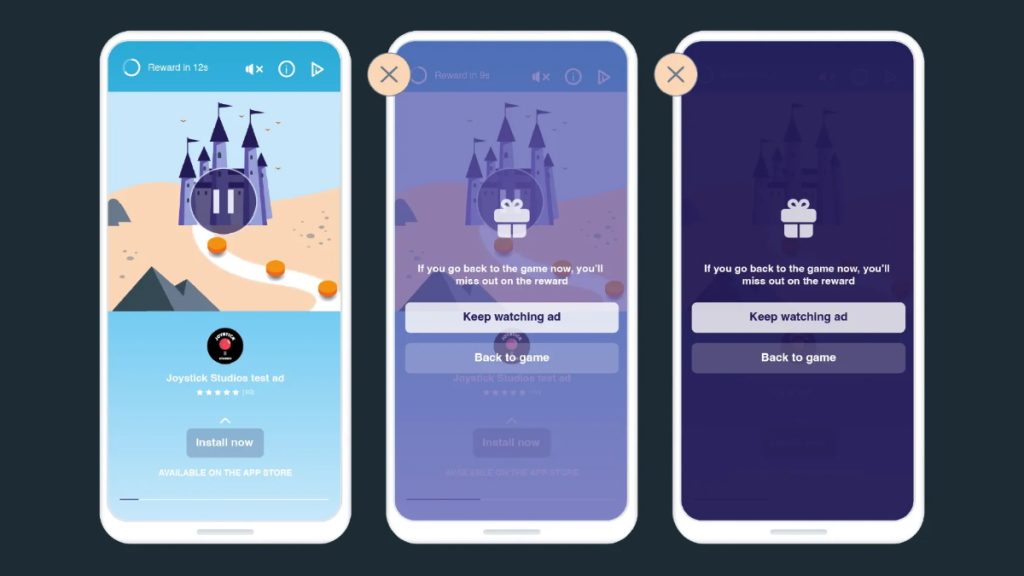
In the competitive world of online advertising, finding ways to capture and hold user attention while effectively monetizing your website can be a constant struggle. While classic banner ads have their place, they often become invisible noise to users, failing to deliver significant results. This is where web interstitial ads can step in, offering a potentially impactful solution.
Let’s delve into a real-world case study from Setupad, where they implemented web interstitial ads for one of their clients and witnessed a remarkable 42% increase in ad revenue.
What are Web Interstitial Ads?
Web interstitial ads are full-screen advertisements that appear between page transitions on a website. These ads can take various forms, including images, videos, and interactive elements. Unlike traditional banner ads, interstitials capture the user’s full attention, potentially leading to higher engagement and click-through rates.
The Case Study: From Skepticism to Success
The client in this case study was initially skeptical of using web interstitial ads due to concerns about user experience. However, Setupad, confident in the effectiveness of this format, proposed a strategic implementation plan.
Key elements of the implementation:
- Targeted Ad Delivery: Instead of a blanket approach, Setupad used advanced targeting options to ensure the ads displayed were relevant to the user’s interests and browsing behavior. This personalized approach minimized user annoyance and maximized engagement.
- Optimized Timing and Frequency: Interstitials were programmed to appear at natural transition points within the user journey, such as after completing a task or navigating to a new section. This prevented disruption to the user flow and ensured the ads felt less intrusive.
- Creative Ad Formats: Beyond static images, Setupad utilized engaging video and interactive interstitial ads, further boosting user attention and click-through rates.
- A/B Testing and Optimization: To refine the approach, Setupad continuously tested different ad variations, analyzing performance data to identify the most effective formats, messaging, and timing strategies.
The Results: A Resounding Success
The results of the campaign were impressive:
- 42% increase in ad revenue: The strategic implementation of web interstitial ads led to a significant boost in revenue for the client, demonstrating the effectiveness of this format in monetization.
- Improved user engagement: Despite initial concerns, user engagement metrics actually improved slightly with the introduction of interstitials, indicating minimal disruption and effective targeting.
- Valuable learnings and insights: The A/B testing and optimization process yielded valuable data on user preferences and performance-driving factors, enabling further refinement of the ad strategy.
Key Takeaways:
This case study highlights the potential of web interstitial ads for website monetization when implemented strategically. By focusing on user experience, relevant targeting, optimized timing, and engaging creatives, businesses can unlock significant revenue opportunities without compromising user engagement.
Beyond this specific case study, here are some additional points to consider when contemplating web interstitial ads:
- Balance is key: Finding the right balance between monetization and user experience is crucial. Overusing interstitials or displaying irrelevant ads can backfire, leading to user frustration and decreased engagement.
- Mobile-first approach: With the majority of web traffic now coming from mobile devices, ensure your chosen ad format is optimized for mobile screens and user journeys.
- Legal and regulatory considerations: Familiarize yourself with any legal or regulatory requirements surrounding interstitial ad usage in your region.
- Transparency and communication: Be transparent with your users about the use of interstitials and provide options to opt-out or personalize their ad experience.
By following these guidelines and continuously optimizing your approach, web interstitial ads can become a valuable tool in your online advertising arsenal, driving revenue growth while maintaining a positive user experience.
Remember, the digital landscape is constantly evolving, and what works today might not work tomorrow. Adapting to new trends and staying informed about consumer preferences is essential for success in the online advertising game.
I hope this case study and additional insights provide you with a valuable perspective on the potential of web interstitial ads. Do you have any questions or experiences with this ad format? Feel free to share them in the comments below!










